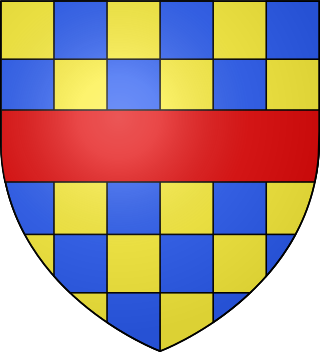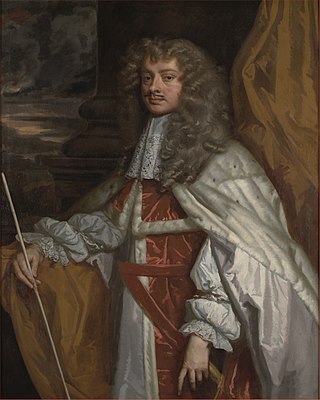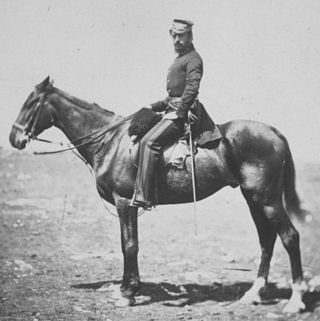
Baron Clifford of Chudleigh, of Chudleigh in the County of Devon, is a title in the Peerage of England. It was created in 1672 for Thomas Clifford. The title was created as "Clifford of Chudleigh" rather than simply "Clifford" to differentiate it from several other Clifford Baronies previously created for members of this ancient family, including the Barony of de Clifford (1299), which is extant but now held by a branch line of the Russell family, having inherited through several female lines.

Thomas Clifford, 1st Baron Clifford of Chudleigh was an English statesman who sat in the House of Commons from 1660 to 1672 when he was created Baron Clifford.

Major-General The Honourable Sir Henry Hugh Clifford was an English recipient of the Victoria Cross, the highest and most prestigious award for gallantry in the face of the enemy that can be awarded to British and Commonwealth forces.
Hugh Charles Clifford, 7th Baron Clifford of Chudleigh was a British peer. He inherited the title from his father on 29 April 1831.
Hugh Clifford, 2nd Baron Clifford of Chudleigh was an English aristocrat.

Hugh Clifford, 3rd Baron Clifford of Chudleigh of Ugbrooke House near Chudleigh in Devon, was a peer.
Lord Clifford may refer to:
Hugh Fraser may refer to:

Ugbrooke House is a stately home in the parish of Chudleigh, Devon, England, situated in a valley between Exeter and Newton Abbot. The home of the Clifford family, the house and grounds are available for guided tours in summer and as an event venue.
Thomas Hugh Clifford, 14th Baron Clifford of Chudleigh,, is a British hereditary peer and former British Army officer.
Sir Francis Fleming was a British administrator who held appointments in eleven colonies.
The Clifford-Constable Baronetcy, of Tixall in the County of Staffordshire was given to Thomas Hugh Clifford-Constable, originally Thomas Hugh Constable Clifford. The title in the Baronetage of the United Kingdom was created on 22 May 1815 and at the request of Louis XVIII of France.

Sir Hugh Charles Clifford, was a British colonial administrator.

Captain Sir Bede Edmund Hugh Clifford was a British diplomat and colonial administrator, born in New Zealand, where his parents had moved in an unsuccessful attempt at sheep-farming.
Lewis is a masculine English-language given name. It was coined as an anglicisation of given names in other languages.
Thomas Chudleigh may refer to:
Clifford is both a toponymic surname of English origin and a given name deriving from it. It originated in several English placenames meaning "ford by a cliff".
Thomas Clifford may refer to:
Governor Clifford may refer to:
Lewis Joseph Hugh Clifford, 12th Baron Clifford of Chudleigh was an Australian/British peer. He inherited his title from his older brother, Charles Oswald Hugh Clifford, who died without male issue on 1 February 1962. As he died a little over two years later, he never spoke in the House of Lords.
This page is based on this
Wikipedia article Text is available under the
CC BY-SA 4.0 license; additional terms may apply.
Images, videos and audio are available under their respective licenses.





